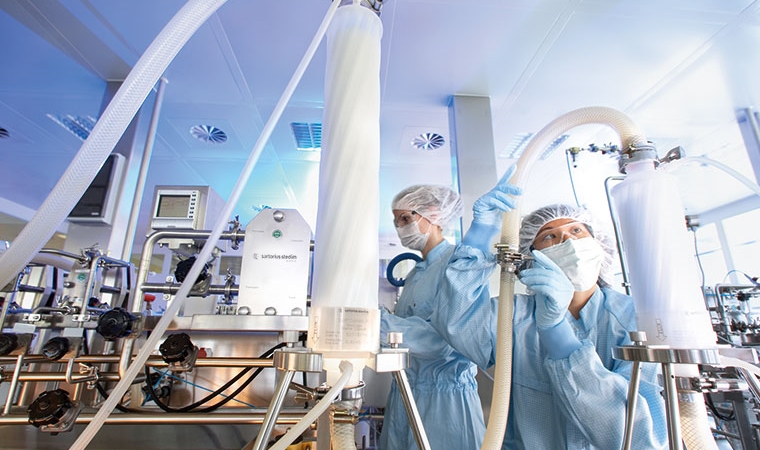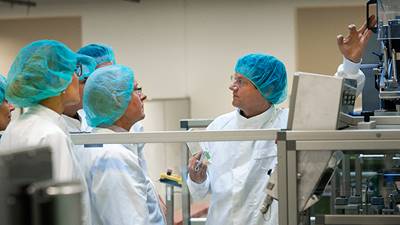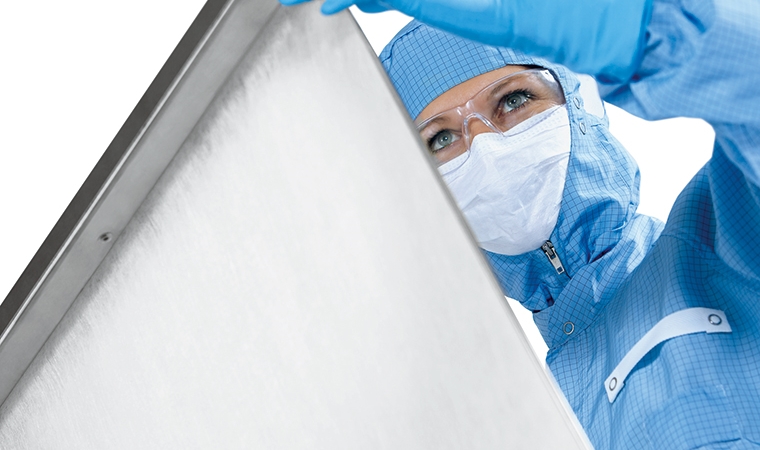Implementing a technology system for the first time can be overwhelming. The decision to utilize single-use technology in biomanufacturing operations comes with an often-overlooked issue – the training of personnel.
The introduction of new technology can create a gap in skillsets for manufacturing, quality and support personnel. This poses threats to the application of current Good Manufacturing Practice (cGMP) in your manufacturing operation. To ease the process and understand the scope of single-use system staff training, there are several core steps.
Find and fill the gaps
Single-use Systems (SUS) and disposable components have unique requirements related to inspection, assembly and operation – all of which must be reflected in personnel training. In fact, it often requires the development of a new set of Standard Operating Procedures (SOPs) and protocols.
Operators must be trained in handling and assembling tube sets and verification of connection integrity to prove system closure. They must also be trained in the set-up of unit operation assemblies and disassembly of components as well as solid waste. Training must be available in the execution of Factory Acceptance Testing (FAT) activities around evaluation of acceptance criteria. It is important to define training and certification frequency, as many operations require rapid change-over for operational flexibility and multi-product manufacturing requirements.
Two "go-to" resources
There are two primary resources for the development of proper training programs. The first is data learned from process development and clinical operations within the manufacturing organization. The information gained through trial-and-error exercises during process development is invaluable for training as well as critical to batch-record development.
The second resource for developing proper training is the programs developed by vendors to support their product lines. Many vendors have developed physical training assets offering training of their specific equipment or similar components in a GMP-like environment to simulate actual manufacturing set-ups and configurations.
Planning around complexity
Single-use systems are generally labour-intensive and require changes to the manufacturing protocols and SOPs that define the baseline for current manufacturing operations. The orchestration of frequent change-overs, new tube set set-up and connections, equipment or skid movement and waste removal must coordinate to meet tight production schedules.
Early execution of a detailed time-and-motion analysis to understand where key procedures, details or sequence-of-operations is a must. This provides a clear picture of the integration of manufacturing, inspection and quality activities and their associated training needs and can give insight to determine the optimal operations head-count.
The ultimate paper trail – documentation
With new technology comes new documentation to support validation efforts. While the audit process for suppliers and vendors will follow typical practices, the creation of detailed sequence-of-operation documents as part of the batch record is unique from traditional SOPs. For example, companies may choose to either have tube sets pre-assembled by a third-party supplier, or fabricate the tube sets internally as part of the manufacturing operation. Regardless of what is chosen, there is importance in how the connection verification is documented and how both the identification of components and a proper set-to-set interface is verified.
Implementing single-use systems into biopharmaceutical manufacturing means there is a need for unique training for operations and quality personnel. Identifying these needs early in the design process will result in a more efficient and effective creation of best-practice requirements. An important takeaway is to never assume that previously learned skillsets will adequately equip personnel for GMP-required operations.


